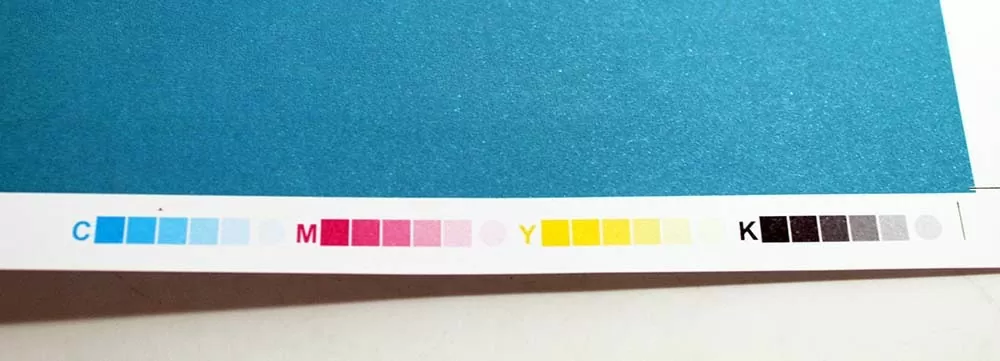Understanding Bleed and Safe Zone
In the world of print design, ensuring your project looks as stunning on paper as it does on screen involves mastering the art of bleed and the safe zone.
Understanding bleed and safe zone are not just technicalities but crucial elements that can make or break the final output of your print materials. In this article, we’ll review the concepts, guide you on setting up files for print, and stress the key factors in safeguarding your design integrity.

Understanding Bleed
Bleed is like the safety net for your design. It’s the extra area beyond the final trim size of your printed piece. When your design extends all the way to the edge of the paper, bleed ensures that there’s a margin for error during the trimming process. Without bleed, you risk having a thin, unprofessional white border or, worse, important elements getting cut off.
Setting Up a File for Full Bleed Print:
1. Document Setup:
When starting your design project, set up your document with dimensions that include the bleed area. Common bleed standards are 1/8 inch or 3mm, but it’s always wise to check with your printer for their specific requirements.
2. Extend Your Design:
Extend your background, images, or any other elements that are intended to reach the edge of the page into the bleed area. Ensure that these elements continue seamlessly into the bleed, preventing any unwanted white borders.
3. Trim Marks:
Include trim marks in your document to guide the printer on where to trim the final product. Trim marks are typically thin lines placed just outside the document edges, indicating the final size.


Understanding The Safe Zone: Protecting Your Design Core
While bleed ensures your design extends far enough, the safe zone ensures that the essential elements are not too close to the edge. The safe zone is an interior margin within the document where critical information such as text, logos, or contact details should reside.

Why Understanding the Safe Zone Matters:
1. Avoiding Trim Mishaps:
Printers utilize cutting machines that may have slight variations in accuracy. By keeping vital information within the safe zone, you reduce the risk of it being trimmed off during the production process.
2. Design Consistency:
The safe zone also ensures a consistent and professional look across various print pieces. Whether it’s business cards, brochures, or banners, maintaining a safe zone prevents crucial details from being unintentionally obscured.
3. Considering Reader Experience:
A well-maintained safe zone contributes to a positive reader experience. Nothing is more distracting than having text or graphics cut off at the edges. Keeping important elements within the safe zone enhances readability and visual appeal.

Understanding Bleed and Safe Zone Final Note
In conclusion, understanding and implementing bleed and the safe zone in your print designs is a mark of professionalism. It’s not just about avoiding technical errors; it’s about presenting your brand in the best possible light. So, the next time you embark on a print design journey, remember the ABCs – Always Bleed Carefully and Safeguard the Zone!
What do we use to create print designs and layouts? Learn more about Adobe Illustrator and InDesign below:
To learn more about Qi Graphic Design’s print design services, click below:


0 Comments